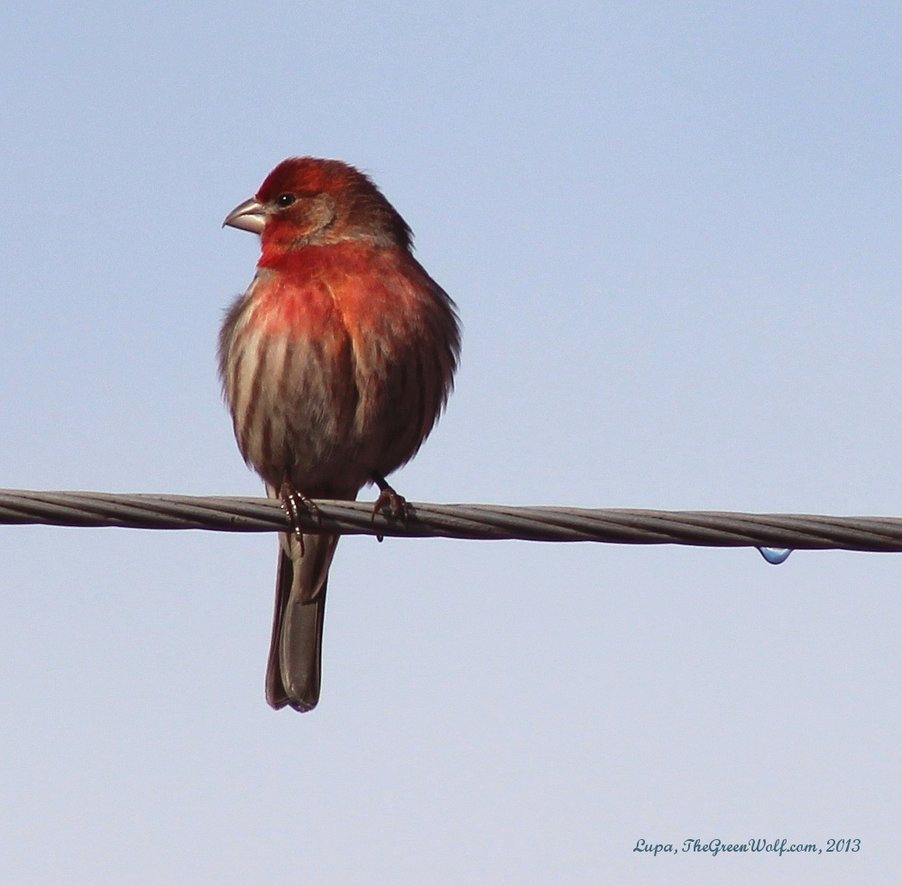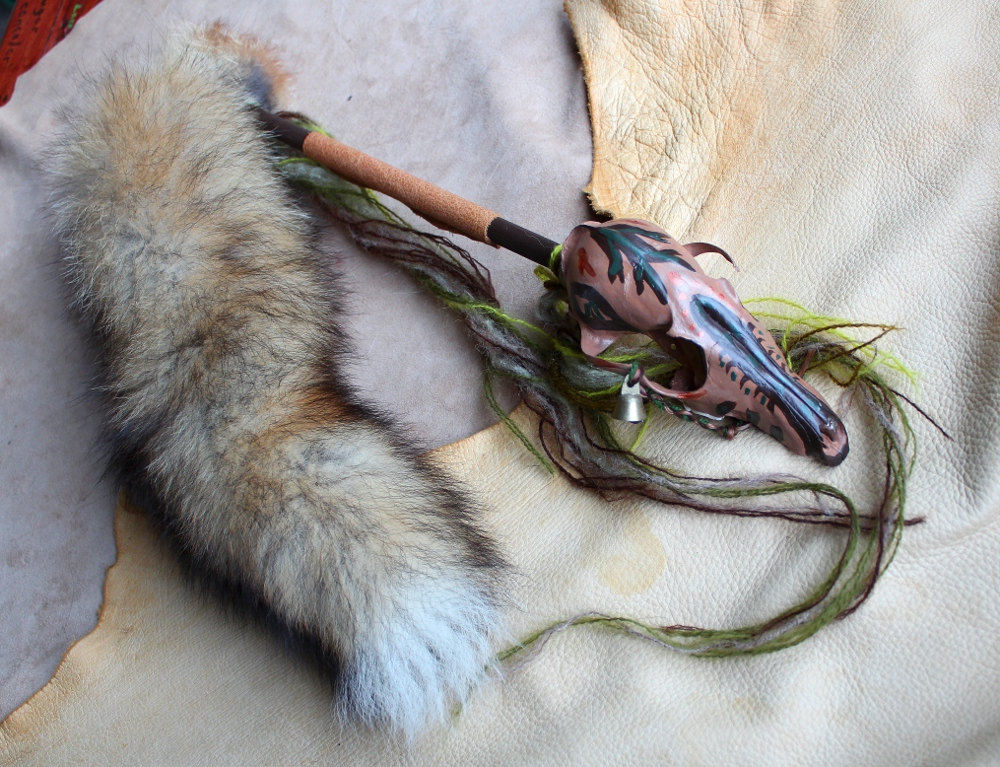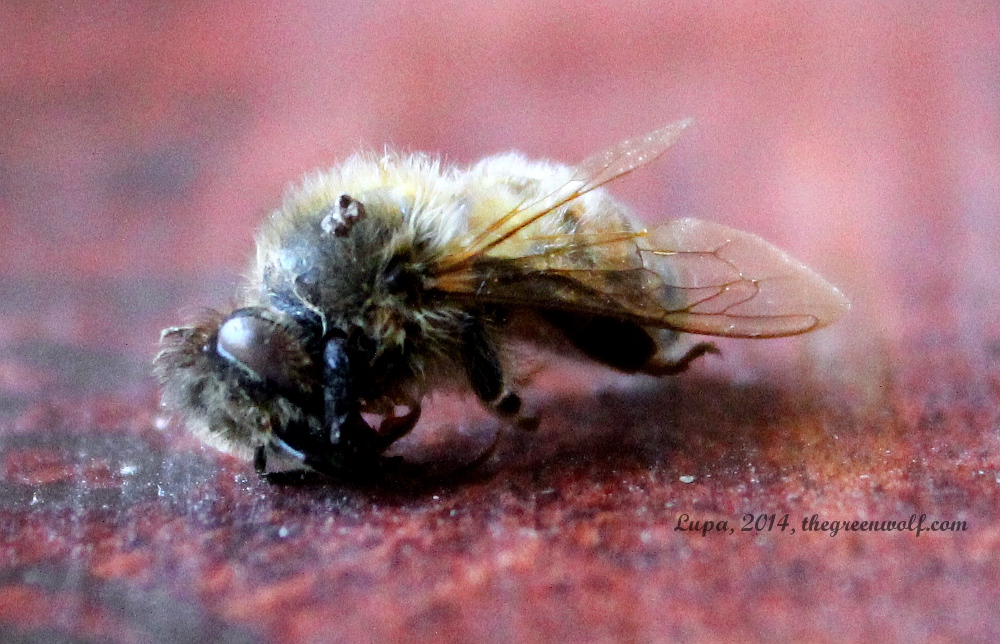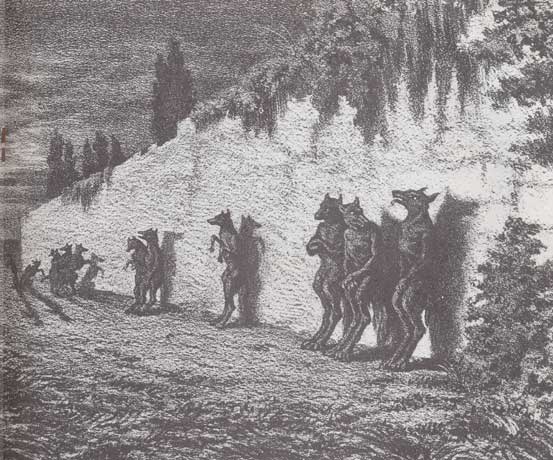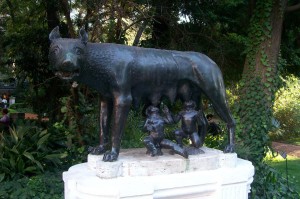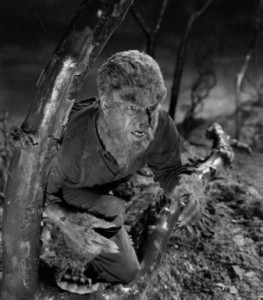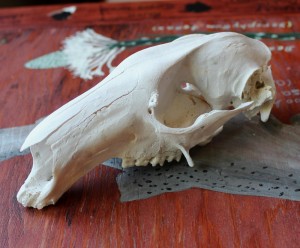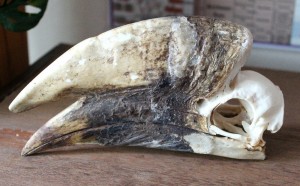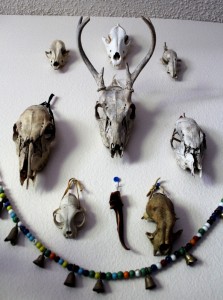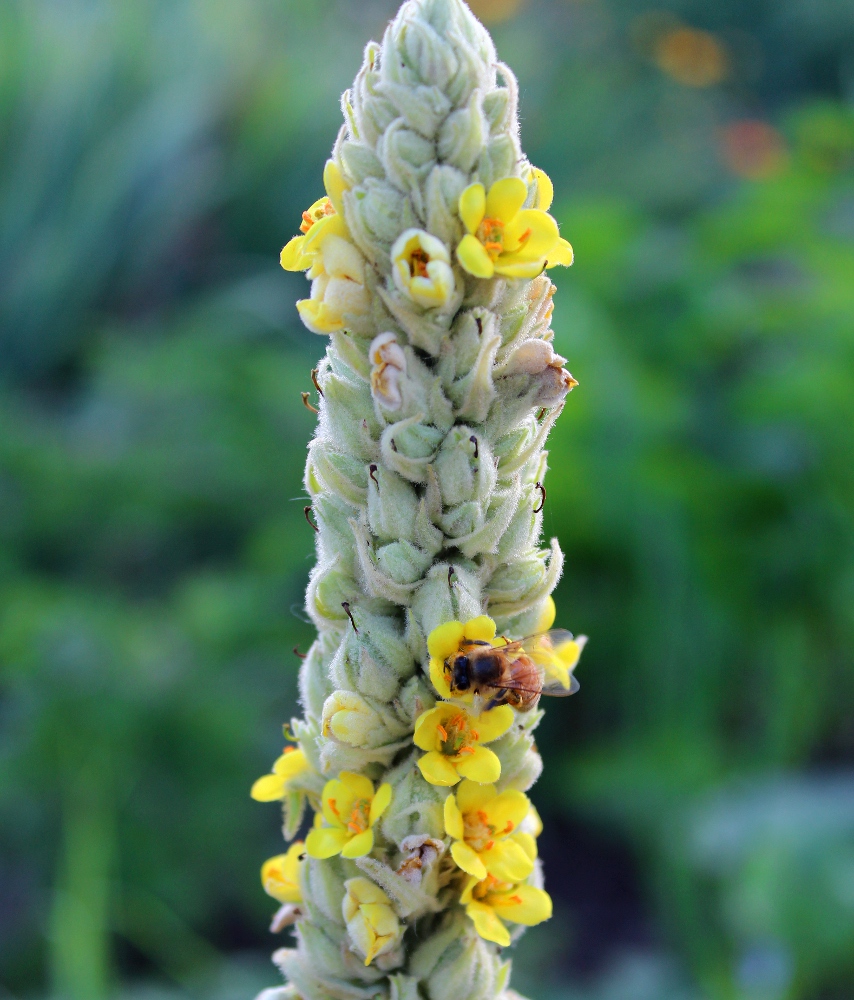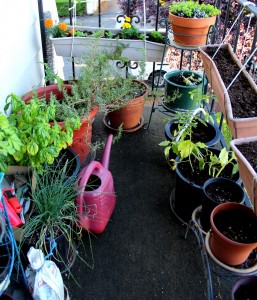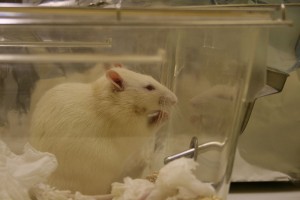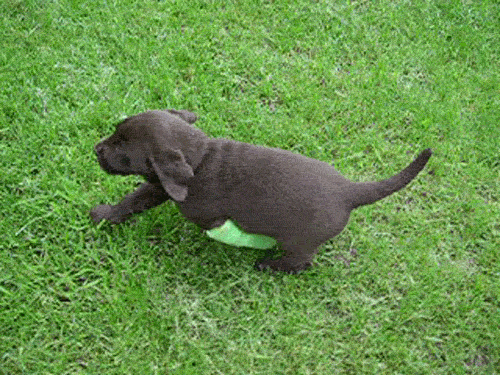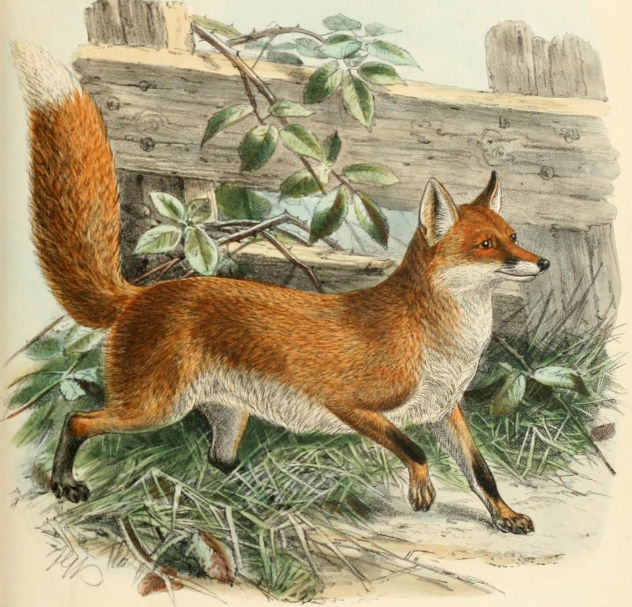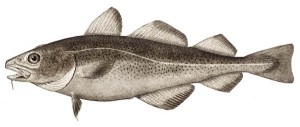A few times a month I get an email or other message from someone that goes something like this:
I saw such-and-such animal run across the road/fly into my yard/otherwise enter into my field of vision. WHAT DOES IT MEAN???!!!
My response is generally along these lines:
Chances are it was just going about its business and you happened to catch a glimpse of it. If you really, really think there was something spiritually significant about the event, try talking to the totem of that species to see whether it was anything of importance, or just coincidence. Otherwise, appreciate the fact that you got to observe a critter you don’t normally get to see.
Recently, I’ve been thinking more about the emphasis so many pagans and others place on animal omens and other supposed “messages from nature”. It’s as though we have to insert ourselves into every single sacred thing in (non-human) nature. We can’t just experience the wonder of a grove of old-growth trees, or the delightful surprise of a red fox racing across our path, or the split-second beauty of a meteorite flaring across a nighttime sky. No, we have to make it more meaningful to us in particular. We have to be the special centers of attention–“Nature noticed me! What a moving experience in which I was the special being chosen to have this amazing revelation given unto me by the spirits that have nothing better to do than place a well-aimed fox in my direction!”
I get that spirituality in general is, in part, a way for us to make sense of the universe and our place in it. And many of us were raised in religions and cultures that place humanity and our relationships at the center of everything. We want religion to give us all the answers and tell us what it all means for us. So it’s not surprising that when people enter into a version of paganism that’s expressly nature-centric, they still start with themselves and work outward. We want to honor nature (and, if applicable, the spirits and/or deities within it)–but we also expect to be paid attention to in return. We feel a bit cheated if nature doesn’t dignify our efforts to notice it with special signs and symbols meant just for us humans.
Yet every day, millions upon millions of animals, plants, fungi, weather patterns, geological processes, and other forces of nature go about their business whether we notice them or not, and it doesn’t change their experience much, if at all, just because we happened to be nearby. The fox only wants to get away from the potential threat we pose and continue on its merry way; the tree couldn’t care less whether we’re walking by so long as we don’t break off any branches; and the avalanche will come tumbling down by gravity’s pull regardless of how many hapless humans (and other living beings) are trapped in the way.
This isn’t to say there are never, ever any special moments in nature where we have that deeper connection, or where some spiritual being from the natural world makes contact with us. But it’s quite telling when the very first reaction someone has at seeing a bird in their yard is “What special message from the Universe does this bird bring to me? Why was I chosen to see this bird at this moment? Is it my spirit animal?” Not “Huh, I’ve never seen that species before; I wonder if they’re migratory?” Not “Wow, there’s a tiny dinosaur* flitting about my yard!” But “ME! ME! ME! MEEEEEEEE!!!!!!!”
Okay, yes, that’s a bit hyperbolic. My point stands: we’ve been making nature-based spirituality more about us than about the rest of nature. Really, it’s an extension of humanity’s self-centered relationship to the rest of nature in general: for the most part, we only value it as far as we can get something out of it. We want stuff and things from the bounties of the Earth; we want our metals mined and our food harvested and our wood chopped down and we want it NOW. And our nature spirituality has gone in the same direction. We want a totem animal dictionary to tell us what a particular totem means for us. We use dried herbs and crystals in spells to make things better for us. We spend our Sabbats and other seasonal celebrations thanking nature for what it’s done for us. And we want those answers NOW.
It’s a long-ingrained habit, and I think we need to spend some time breaking ourselves out of that headspace. We don’t need to abandon personal meaning and messages entirely; they do have their value. And there’s nothing wrong with wanting to understand one’s place in the Universe. Hell, I still write books that are largely about helping readers connect with totems and other spiritual nature-beings, to include for one’s own spiritual growth.
But my own practice has been steadily moving away from a human-centered nature spirituality. I have my totems and other guides, but the work I do with them is less about me, and more about them and their physical counterparts. When I am out hiking and I see a new species of bird I haven’t encountered before, I experience a great deal of wonder at the diversity of life around me; it’s an occasion to stop, count all the plants and fungi and animals and other things I see, and be amazed by it all. I don’t study spells or rituals any more; instead I read books and watch documentaries on biology and astronomy and physics and geology. I don’t celebrate the turning of the seasons with rituals about humans and our agricultural cycles, or projections of ourselves through anthropomorphic deities; instead, I go hiking and observe the shifts in nature, and I do volunteer work to clean up my adopted beach along the Columbia, and I ask my totems what more I can do for them and their physical counterparts. That’s why, more and more, my books have emphasized the two-way relationships with totems, what we can give back as well as what we can receive from them. As my practice goes, so goes my writing.
It is impossible to divorce spirituality experienced by humans from being at least somewhat human-focused; we are looking at the world through human eyes, after all. But if our nature-based paganism really is going to be about nature as a whole, and not just the celebration of humans in nature, then we need to be critical of how often we place ourselves squarely in the center of our nature spirituality. We need to stop asking what nature can give us and teach us, and instead focus more on what we can give to nature amid the constant pattern of take, take, take. Some pagans claim that paganism is a solution to more overbearing, dominating religions; yet if we’re going to truly and radically make naturalist paganism a path of relationship rather than dominance, I think we still have some work to do.
In my next post (scheduled for next Monday) I’m going to go into more detail as to what that work might look like. (Hint: there’s no one true way!)
*Okay, so technically birds aren’t dinosaurs–but they’re directly descended from theropod dinosaurs, so the eight-year-old in me likes to think they’re just Dinosaurs 2.0.

